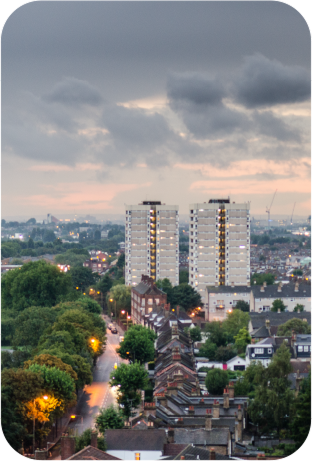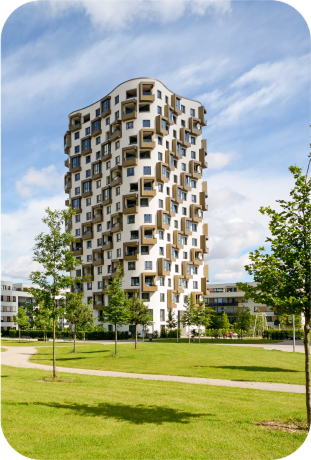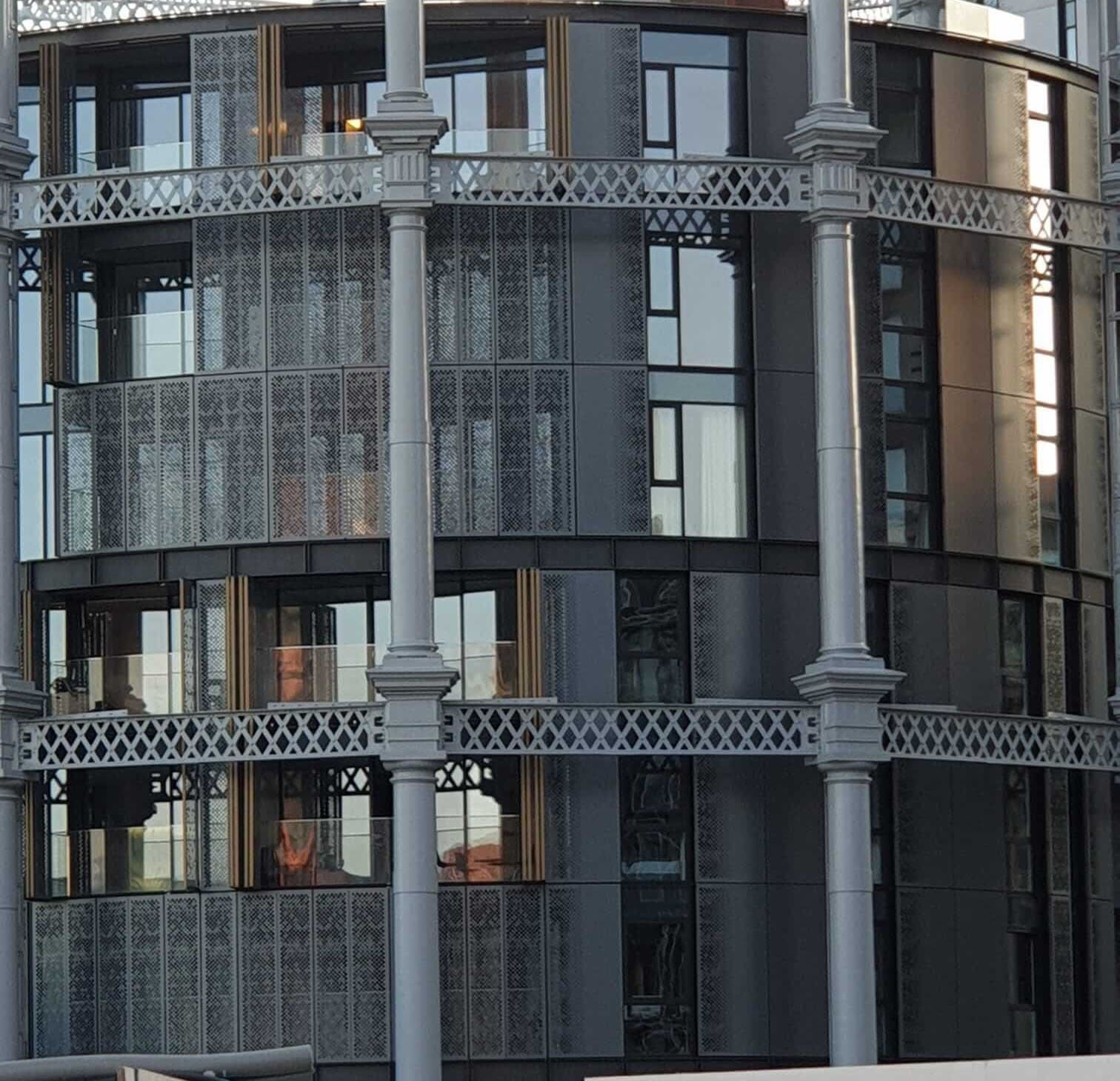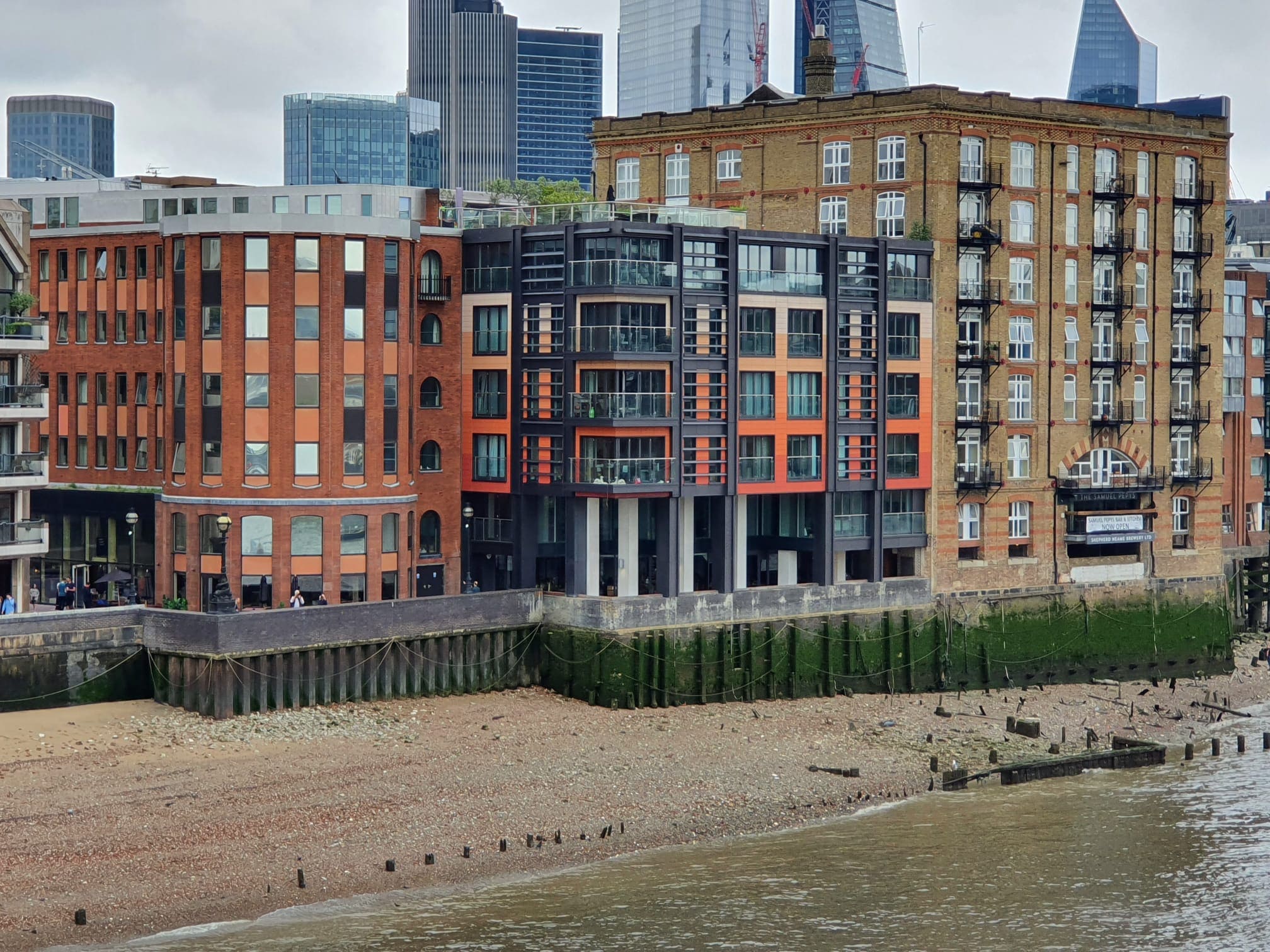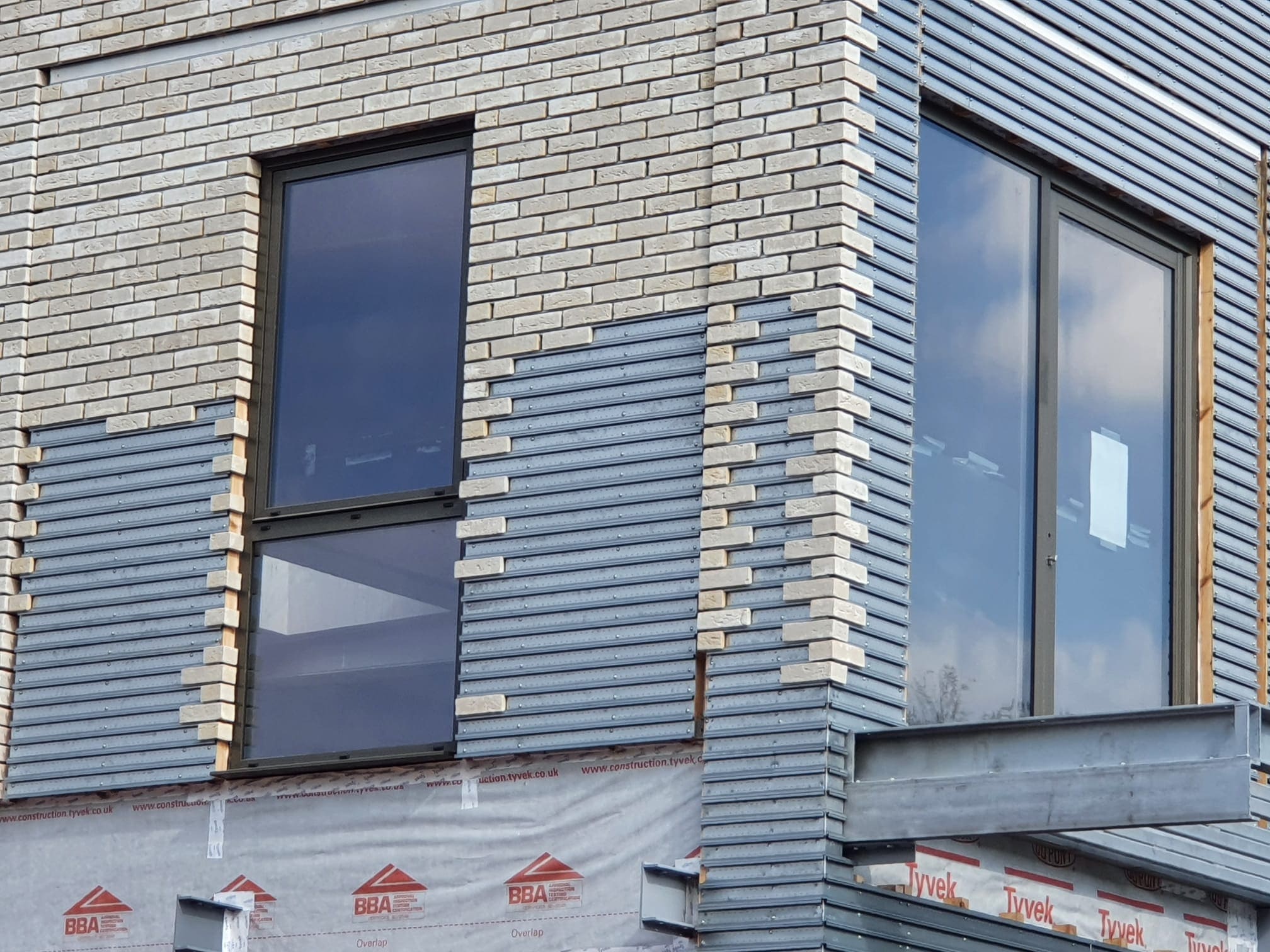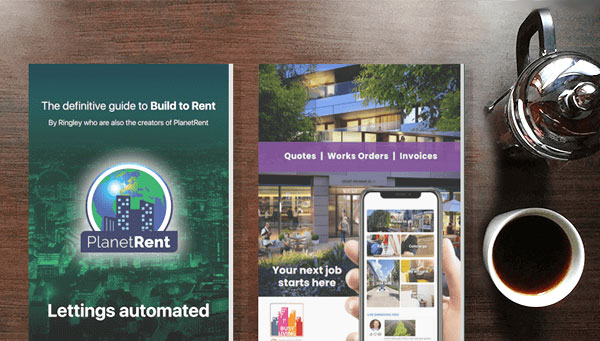01/09/2020
by: Mary-Anne Bowring/BTR News

Introduction to Build to Rent and Housing Innovation
The Build to Rent sector is revolutionizing the housing market, shifting from traditional methods to modern approaches with a focus on Modern Methods of Construction (MMC) and digital solutions. While house-hunting has gone digital with platforms like Rightmove and Zoopla, housing delivery and management have lagged behind, often relying on outdated, paper-based systems.
The Rise of Build to Rent in the UK
While Build to Rent is well-established in countries like the US and Germany, it's only recently gaining momentum in the UK. Institutional investors, such as pension funds and insurers, are backing many of these projects, with the sector experiencing a significant boom. According to recent research, nearly 167,853 Build to Rent homes are in progress across the UK, showing a 22% increase compared to last year.
Modern Methods of Construction (MMC) in Build to Rent
Investors in the Build to Rent sector are early adopters of MMC, such as offsite manufacturing and modular construction, which offer quicker build times and better building performance. Notable players like Legal and General and Greystar are investing in modular housing factories and projects, including the world's tallest modular residential towers in Croydon. MMC's faster build times and energy efficiency make it a key driver for both cost savings and faster rental returns.
Overcoming Financial Challenges in Modular Construction
While modular construction faced financial hurdles in the past due to upfront costs and uncertain bank valuations, its benefits have made it more attractive to investors. Reducing build time allows landlords to start collecting rent sooner, and better build quality means lower ongoing maintenance costs. MMC is a game-changer for those focused on maximizing net operating income from rental assets.
Digital Transformation of Build to Rent Operations
Beyond construction, the Build to Rent sector is embracing digital-first solutions to streamline operations, enhance customer experience, and meet the needs of today's tech-savvy residents. Grainger plc, for example, uses its Connect platform to fully digitalize the lettings process, while other operators develop apps that offer services ranging from repair requests to organizing social events within the community.
Future Potential of Build to Rent in the Housing Market
As the housing market evolves, Build to Rent has the potential to spearhead a revolution in housing by offering flexible, well-located, and tech-enhanced living spaces. Innovations like Busy Living, which integrates biometric security and cashless payment systems, and the PlanetRent app for automating the lettings process, are reshaping the future of housing, making it more efficient, cost-effective, and responsive to tenant needs.
As the housing market evolves, Build to Rent has the potential to spearhead a revolution in housing by offering flexible, well-located, and tech-enhanced living spaces. Innovations like Busy Living, which integrates biometric security and cashless payment systems, and the PlanetRent app for automating the lettings process, are reshaping the future of housing, making it more efficient, cost-effective, and responsive to tenant needs.
https://btrnews.co.uk
 2127
2127












Keep up to date
(Weekly, fortnightly or monthly)
To find out more what we do with your data, please read our Privacy Policy

 0
0



